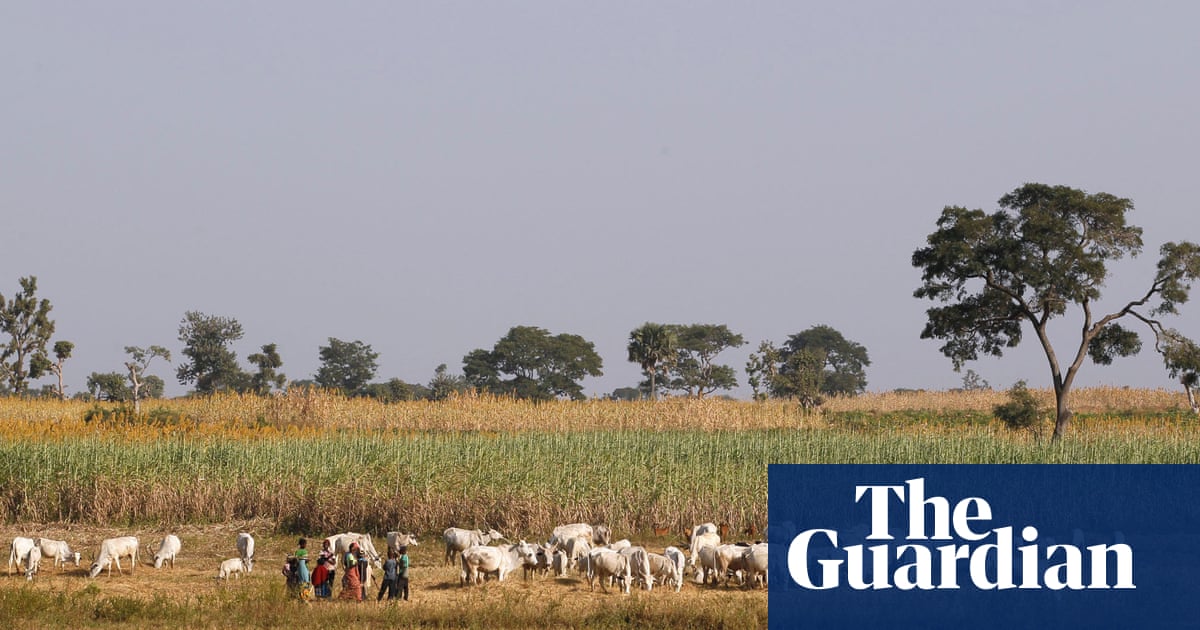Forty-two people have been killed in four communities in centralNigeriain attacks blamed on itinerant herders, in the latest wave of violence that continues to upend life in the rural region.
Reuters reports quote a local official, Victor Omnin, the chair of the Gwer West local government area in Benue state, as saying 10 people were killed in a Saturday attack on the villages of Tyolaha and Tse-Ubiam. Thirty-two others were killed the following day in a separate attack in the nearby Ahume and Aondona villages.
“It’s a pathetic situation,” Omnin told the press on Tuesday. “As we speak, we are still recovering corpses.”
According to Reuters, a Catholic priest was also shot in the area by the assailants, and the office of the Benue governor, Hyacinth Iormem Alia, who is also a priest, said he had been wounded and was in a critical but stable condition.
“They killed women and even children as young as two years old,” one resident of the area told the Daily Trust, which focuses on northernNigeria.
Parts of central and north-western Nigeria have experienced waves of violent attacks as itinerant Fulani herders and Indigenous farmers clash when cows often left to graze openly sometimes stray on to farms.
In some villages, farmers have accused herders of being initial perpetrators and then banded into vigilante groups and militia to embark on reprisal attacks. And while many analysts blame the climate crisis and overpopulation for the conflict as pastoral land diminishes across the country, the villagers allege land-grabbing and ethnic cleansing.
According to Nextier’s Nigeria Violent Conflicts Database, at least 2,347 casualties were recorded in 359 incidents involving farmers and herders across Nigeria between 2020 and 2024. Some experts and locals say the numbers are conservative, as many of the incidents and fatalities are often undocumented.
The situation is especially prevalent in central Nigeria, known as the middle belt, where the conflict has religious undertones as the herders are usually Muslim and the farmers Christian. In April, 56 people were reportedly killed by herders during the Easter period in Benue state.
The conflict has also disrupted farming activities in Benue, an agrarian state known as the “Food Basket of the Nation” for producing significant amounts of Nigeria’s main food crops, such as yams, maize and soybeans.
Last year, the Benue state government announced that it would begin full implementation of a law enacted in 2017 banning open grazing and establishing ranches. That is yet to happen, some residents of the state claim.
“The relentless violence must end,” Asema Achado, a federal lawmaker, saidin a statementlast October. “Our farmers are the backbone of our economy, yet they live in constant fear.”
